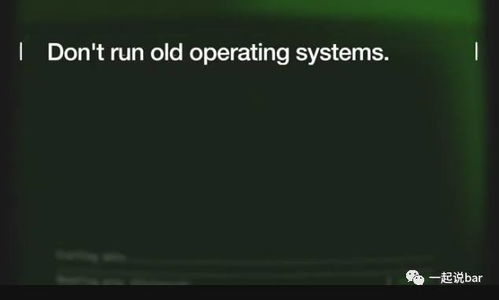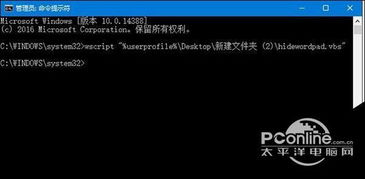
How to See Hidden Files on Windows 10
Windows 10, like many other operating systems, has a feature that allows you to hide files and folders. This can be useful for keeping sensitive or personal files out of sight. However, if you need to access these hidden files, you’ll need to change some settings. In this guide, I’ll walk you through the process of making hidden files visible on Windows 10.
Using File Explorer

One of the simplest ways to view hidden files is by using File Explorer. Here’s how you can do it:
- Open File Explorer by clicking on the folder icon in the taskbar or by pressing the Windows key + E.
- In the top-right corner of the window, click on the “View” tab.
- Look for the “Hidden items” checkbox under the “Show/hide” section. Check this box to reveal hidden files and folders.
- Click “Apply” and then “OK” to save the changes.
Now, any hidden files or folders on your computer should be visible.
Using Command Prompt

Another method to view hidden files is by using Command Prompt. This method is more advanced and requires you to enter a command:
- Press the Windows key + R to open the Run dialog box.
- Type “cmd” and press Enter to open Command Prompt.
- In the Command Prompt window, type the following command and press Enter:
dir /a:h /s
This command will list all hidden files and folders in the current directory and its subdirectories.
Using PowerShell

PowerShell is a more powerful command-line tool that can also be used to view hidden files. Here’s how to do it:
- Press the Windows key + X and select “Windows PowerShell (Admin)” from the list.
- In the PowerShell window, type the following command and press Enter:
Get-ChildItem -Path "C:pathtofolder" -Recurse -Force | Where-Object { $_.Attributes -match "Hidden" }
Replace “C:pathtofolder” with the path to the folder where you want to view hidden files. This command will list all hidden files and folders in the specified folder and its subfolders.
Using Registry Editor
Changing the registry is a more advanced method and should be done with caution. Here’s how to make hidden files visible using the Registry Editor:
- Press the Windows key + R to open the Run dialog box.
- Type “regedit” and press Enter to open the Registry Editor.
- Navigate to the following key:
HKEY_CURRENT_USERSoftwareMicrosoftWindowsCurrentVersionExplorerAdvanced
- On the right side of the window, find the “Hidden” value. Double-click on it.
- In the “Value data” field, change the value from “0” to “1” and click “OK” to save the changes.
- Close the Registry Editor and restart your computer for the changes to take effect.
Now, hidden files and folders should be visible on your Windows 10 system.
Conclusion
Viewing hidden files on Windows 10 can be done using various methods, including File Explorer, Command Prompt, PowerShell, and the Registry Editor. Choose the method that best suits your needs and preferences. Remember to exercise caution when making changes to the registry, as incorrect modifications can cause system instability.






